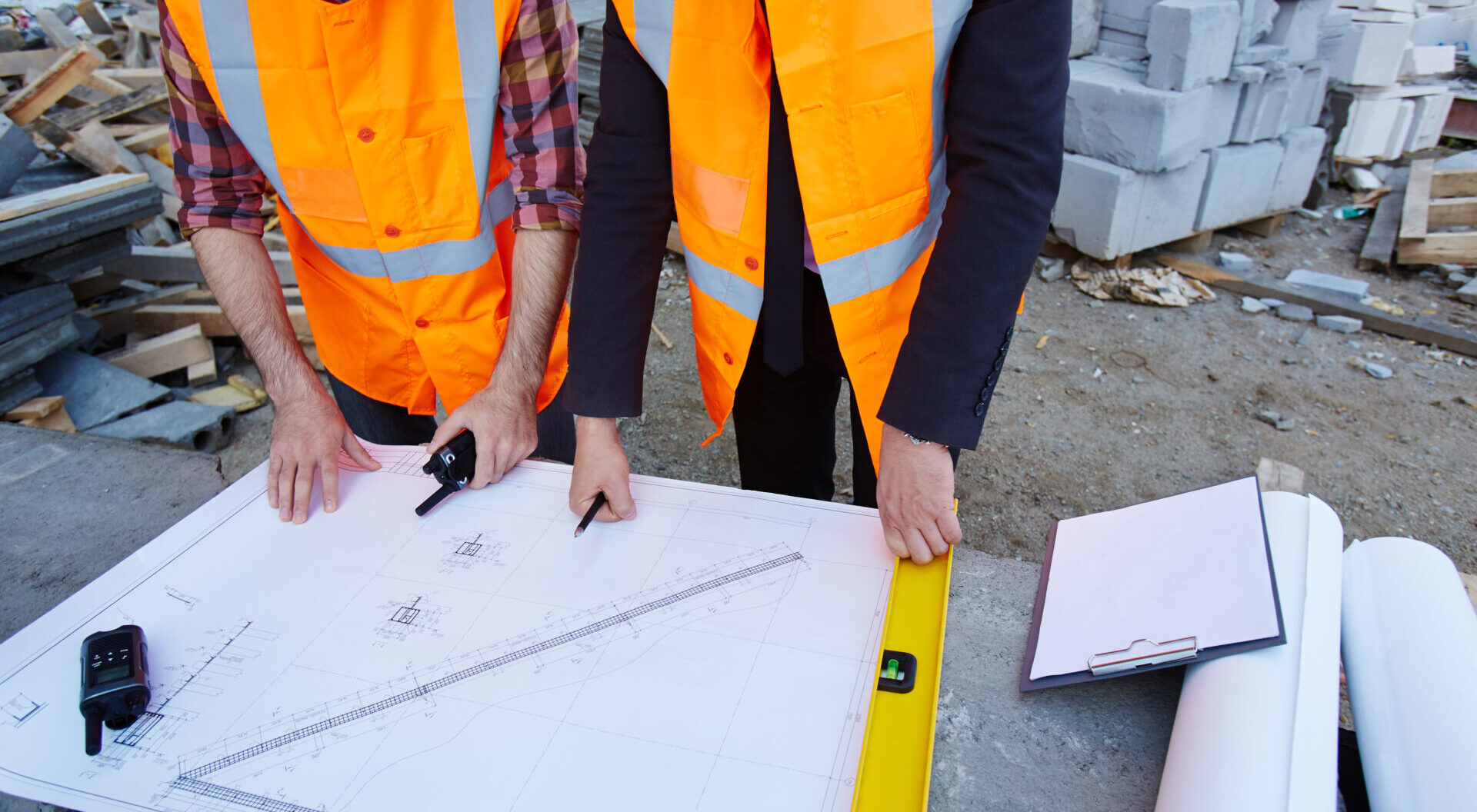
Areas of application of (recycled) carbon and glass fibres

Due to their versatility, fibre-containing materials are widely used and find applications across many different sectors. Today, carbon and glass fibres, along with products made from them, represent an established class of materials. These fibre composite materials, with their unique properties, have become indispensable in modern technical fields [1, 2].
Their outstanding properties offer great potential for lightweight construction. The specifically adjustable mechanical, thermal, and electrical properties have led to carbon fibres being adopted in many industrial sectors, including vehicle and mechanical engineering, aerospace technology, wind power energy generation, and construction in the field of textile concrete technology [2, 3].
Market distribution
The demand for fibre composite materials has consistently increased by approximately 11% over the last ten years [4]. The market is distributed across household and leisure equipment (21%), wind energy (14%), automotive and maritime industries including transport (24%), aerospace industry including defence (36%), and increasingly the construction industry with the use of carbon concrete (5%) [5]. By 2050, fibre composite materials are expected to gradually replace many current applications of plastics and metals [6]. Further advances in recycling fibre composite materials will support this trend.
Aerospace
Carbon and glass fibres are known for their high strength combined with low weight, making them ideal for use in aircraft and spacecraft. These materials not only enable weight reduction but also contribute to improved fuel efficiency and reduced CO2 emissions, which is increasingly important today.
Mobility and transport
An innovative example of these materials’ application is research on hydrogen tanks reinforced with CFRP components [7]. This technology could be used in various future transport modes, including conventional cars, drones, ships, and trains. In vehicle construction and industrial transport (forklifts, etc.), the use of fibre composites opens new possibilities for increasing efficiency.
Wind energy
Renewable energy is the sector expected to show particularly strong growth [8]. Against the backdrop of climate change concerns, the wind energy sector has established itself as both an ecological alternative for energy generation and an economically successful industry. Here CFRP components are used for larger wind blades. High technical material requirements make carbon fibres increasingly necessary, while glass fibres can still be used for shorter rotor blades.
Sports
This application area includes both high-volume applications like sports equipment manufacturing (bicycles, golf, hockey, tennis, winter sports) and individual solutions, particularly in the professional sports segment. Since technical requirements and marketing aspects usually dominate over price restrictions here, CFRP can establish itself thanks to its performance spectrum [9].
Construction
In construction, carbon concrete is particularly relevant due to its high tensile strength and the low density of reinforcement using carbon or glass fibres [10]. Carbon concrete allows for significant reduction in the necessary minimum thickness of concrete cover needed to protect steel reinforcement from corrosion, enabling slimmer and thus more environmentally friendly concrete constructions [11].
Additionally, non-metallic reinforcements offer new potential for common methods in detecting load conditions. Carbon fibres can be integrated into composite components for large-scale strain measurement, avoiding mechanical interference points while providing additional reinforcement to the composite component [6].
As of 2025-01-29
List of references
[1] Lengsfeld, H., Mainka, H., & Altstädt, V. (2019). Carbonfasern: Herstellung, Anwendung, Verarbeitung. Carl Hanser Verlag GmbH Co KG.
[2] Mahboubizadeh, S., Sadeq, A., Arzaqi, Z., Ashkani, O., & Samadoghli, M. (2024). Advancements in fiber-reinforced polymer (FRP) composites: An extensive review. Discover Materials, 4(1), 22. https://doi.org/10.1007/s43939-024-00091-9
[3] Kirsten, M., Freudenberg, C., & Cherif, C. (2015). Carbonfasern, der Werkstoff des 21. Jahrhunderts: Textile Ausgangsbasis für filigrane hochtragende Betonbauteile. Beton‐und Stahlbetonbau, 110(S1), 8-15. https://doi.org/10.1002/best.201400105
[4] Kortmann, J., & Minar, S. (2023). Contribution of carbon concrete construction to the circular and resource economy. Buildings, 13(11), 2851. https://doi.org/10.3390/buildings13112851
[5] Carbon Composites e. V. (CU e. V.). (2019). Composite-Marktbericht 2019. Der globale CF- und CC-Markt 2019. Marktentwicklungen, Trends, Ausblicke und Herausforderungen.
[6] Graedel, T. E., & Howard-Grenville, J. A. (2005). The Industries of 2050. Greening the Industrial Facility: Perspectives, Approaches, and Tools, 459-468.
[7] Nachtane, M., Tarfaoui, M., Abichou, M. A., Vetcher, A., Rouway, M., Aâmir, A., Mouadili, H., Laaouidi, H., & Naanani, H. (2023). An overview of the recent advances in composite materials and artificial intelligence for hydrogen storage vessels design. Journal of Composites Science, 7(3), 119. https://doi.org/10.3390/jcs7030119
[8] Rajak, D. K., Wagh, P. H., & Linul, E. (2021). Manufacturing Technologies of Carbon/Glass Fiber-Reinforced Polymer Composites and Their Properties: A Review. Polymers, 13(21), 3721. https://doi.org/10.3390/polym13213721
[9] Wang, F. (2021). Application of new carbon fiber material in sports equipment. IOP Conference Series: Earth and Environmental Science, 714(3), 032064. https://doi.org/10.1088/1755-1315/714/3/032064
[10] Wu, C., Pan, Y., & Yan, L. (2023). Mechanical Properties and Durability of Textile Reinforced Concrete (TRC)-A Review. Polymers, 15(18), 3826. https://doi.org/10.3390/polym15183826
[11] Liebschner, M., Schladitz, F., Dinkelaker, M., Heckert, M., Enghardt, S., & Bauch, J. (2019). Untersuchung von Betonproben mit CFK‐und GFK‐Bewehrung mittels Röntgen-Computertomografie und -laminografie: Betonkörper mit CFK‐und GFK‐Bewehrung. Bautechnik, 96(9), 657-665. https://doi.org/10.1002/bate.201800084
About the partnership
Be part of the alliance and join us in facing the challenges with regard to the no longer avoidable handling of fibre composites. Let us together lead the region “Elbe Valley Saxony” into an economically resilient future.
